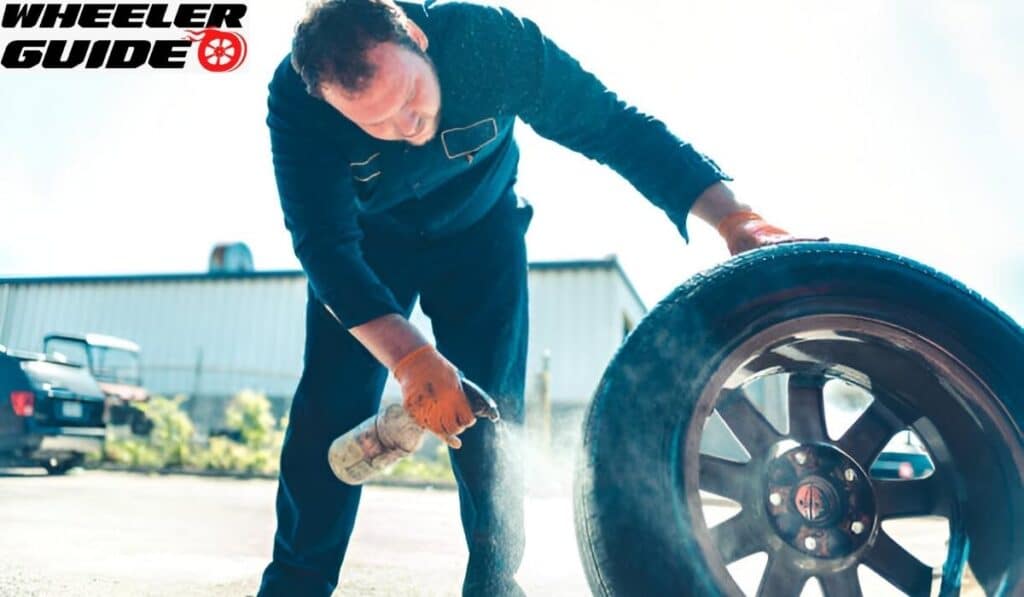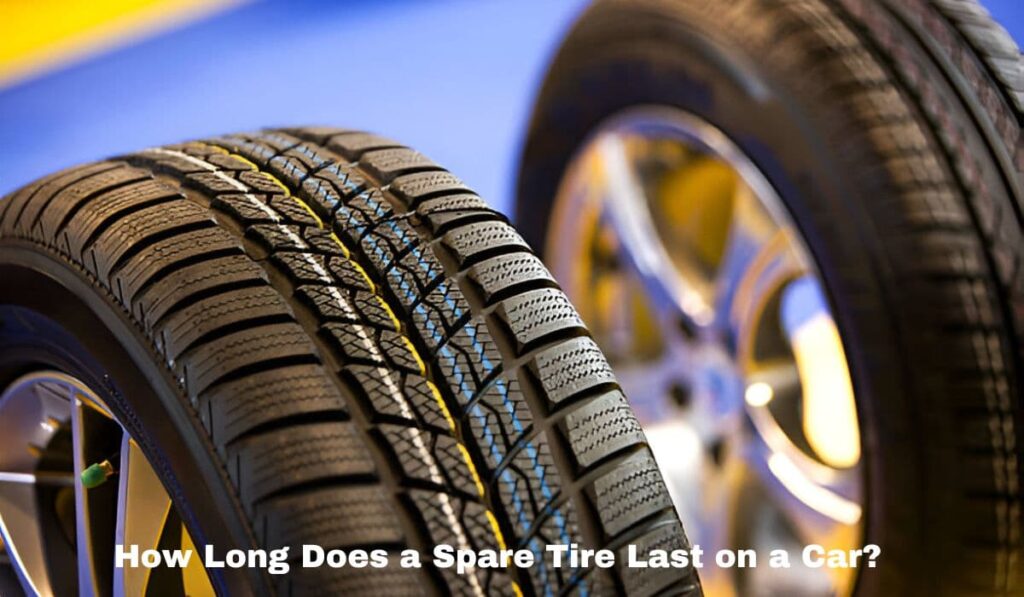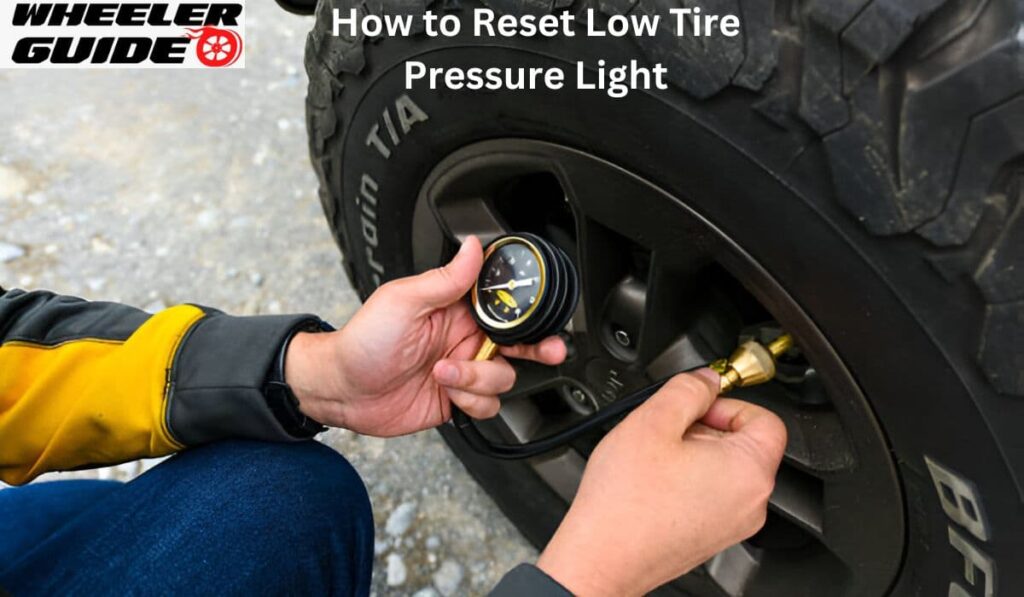Keeping your tires in good shape is vital for safe driving and vehicle performance. Proper tire care can extend their life, improve fuel efficiency, and enhance your car’s handling. Regular maintenance and simple checks can prevent many common tire problems and keep you safer on the road..
This guide will cover 10 essential tips to keep your tires in safe and good shape. These tips range from routine checks at home to professional services that help maintain tire health. By following these tips, drivers can extend tire life, improve vehicle safety, and save money in the long run.
| Tire Care Aspect | Importance | Frequency |
| Air Pressure | High | Monthly |
| Tread Depth | High | Quarterly |
| Rotation | Medium | 6-8k miles |
| Alignment | Medium | Yearly |
10 Essential Tips To Keep Tires In Safe And Good Shape
Proper tire maintenance is crucial for vehicle safety and performance. These tips will help extend tire life, improve fuel efficiency, and ensure a smooth ride.
Check Tire Pressure Regularly
Checking tire pressure monthly is vital. Underinflated tires wear faster and reduce fuel economy. Use a tire gauge to measure pressure when tires are cold.
Proper inflation varies by vehicle. Check the driver’s side door jamb or owner’s manual for the correct pressure. Add air if needed. Tire pressure changes with temperature. For every 10°F change, pressure shifts by 1 pound per square inch (PSI). Adjust as seasons change.
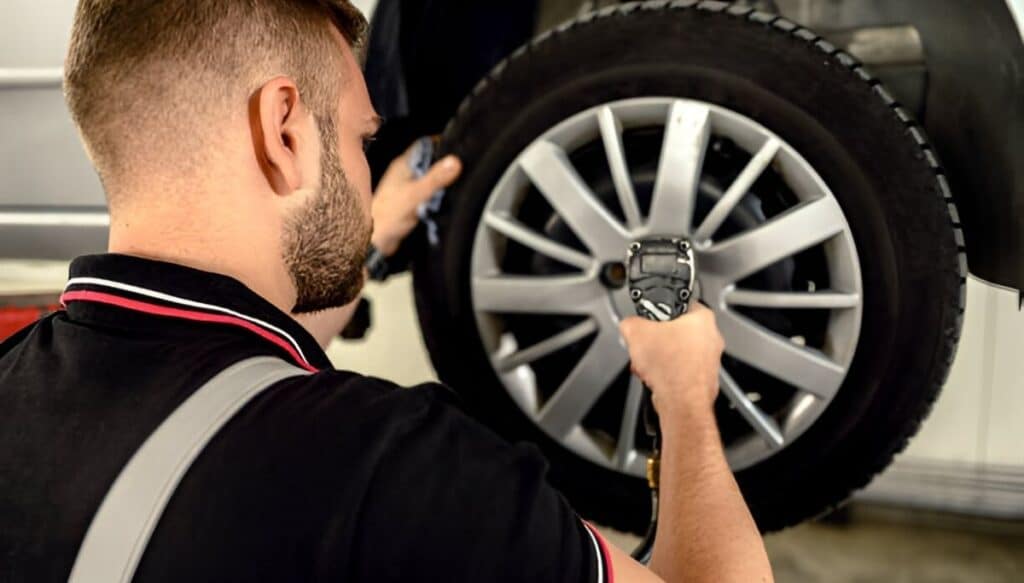
Rotate Your Tires
Regular tire rotation promotes even wear. Front and rear tires wear differently due to weight distribution and steering. Most vehicles need rotation every 5,000-8,000 miles. Consult your owner’s manual for the recommended schedule.
Common rotation patterns:
- 1. Front-wheel drive: Front to rear, same side
- 2. Rear-wheel drive: Front to rear, opposite sides
- 3. Four-wheel drive: X-pattern (front right to rear left, front left to rear right)
Balance Your Tires
Balanced tires reduce vibration and uneven wear. Wheels are balanced when mounted but may need rebalancing over time.
Signs of unbalanced tires:
- 1. Steering wheel vibration
- 2. Uneven tire wear
- 3. Reduced fuel efficiency
Have tires balanced when rotating or if you notice these symptoms. Most shops use computerized balancing machines for precision.
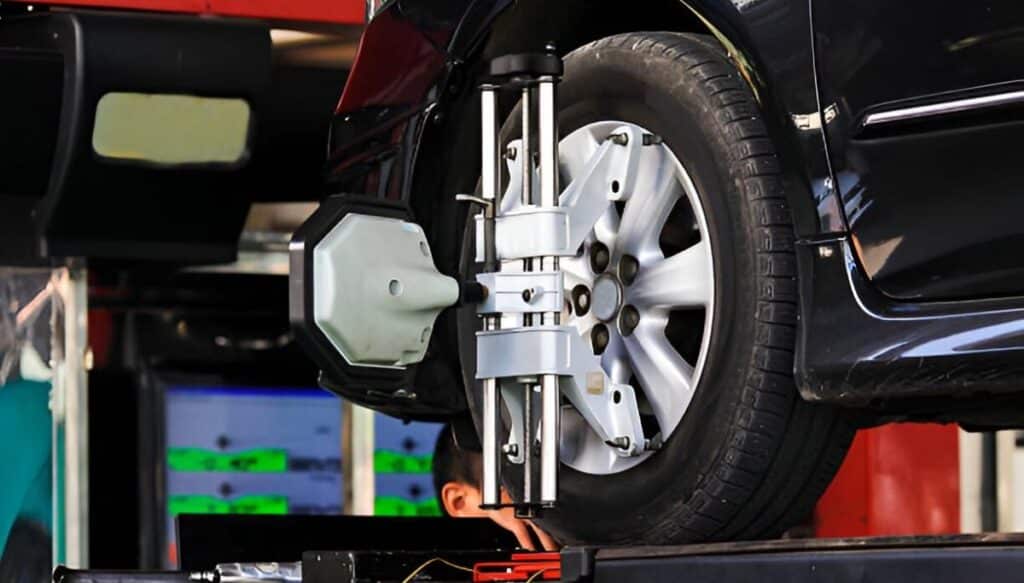
Align Your Wheels
Proper wheel alignment ensures tires wear evenly and the vehicle drives straight. Misalignment can cause pulling to one side and rapid tire wear.
Signs of misalignment:
- 1. Uneven or rapid tire wear
- 2. Vehicle pulling to one side
- 3. Crooked steering wheel when driving straight
Get an alignment check annually or after hitting large potholes or curbs.
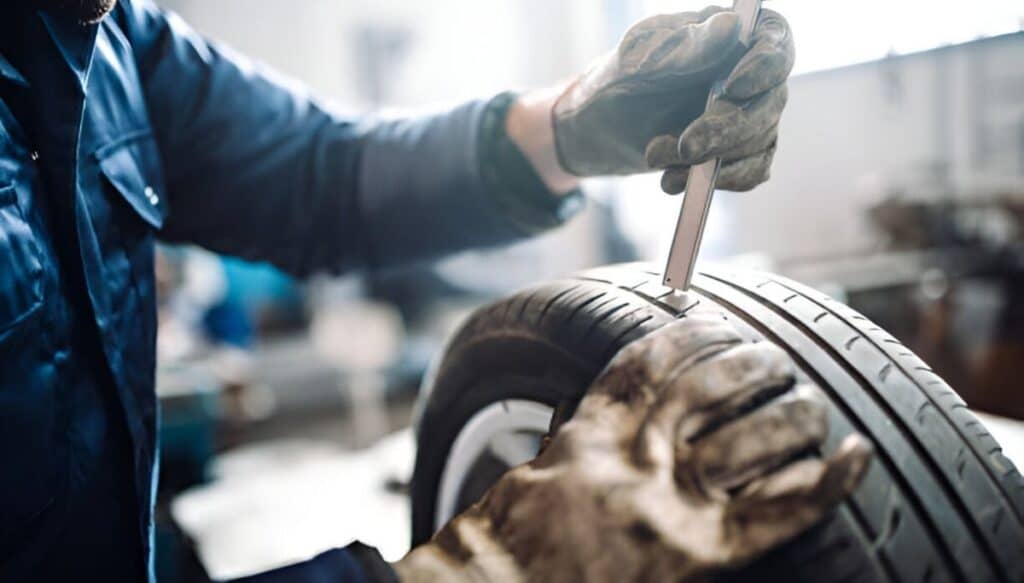
Inspect Tread Depth
Tread depth affects traction, especially in wet conditions. Check depth monthly using a tread depth gauge or the penny test.
Penny test: Insert a penny into the tread, Lincoln’s head down. If you can see the top of his head, it’s time to replace the tire.
The legal minimum tread depth is 2/32 inch. Replace tires before reaching this point for safety. Look for uneven wear patterns. They may indicate alignment or inflation issues.
Avoid Overloading Your Vehicle
Exceeding your vehicle’s weight capacity strains tires. This can lead to blowouts and accidents.
Check your vehicle’s maximum load in the owner’s manual or door jamb sticker. Include passengers, cargo, and trailer weight in your calculations. Distribute weight evenly. Overloading one side can cause handling issues and uneven tire wear.
Drive Carefully
Driving habits affect tire life. Avoid sudden starts, stops, and sharp turns. These actions create excess heat and stress on tires. Slow down for potholes and obstacles. Impact damage can cause internal tire problems not visible from the outside. Maintain a steady speed on highways. This reduces heat buildup and improves fuel economy.
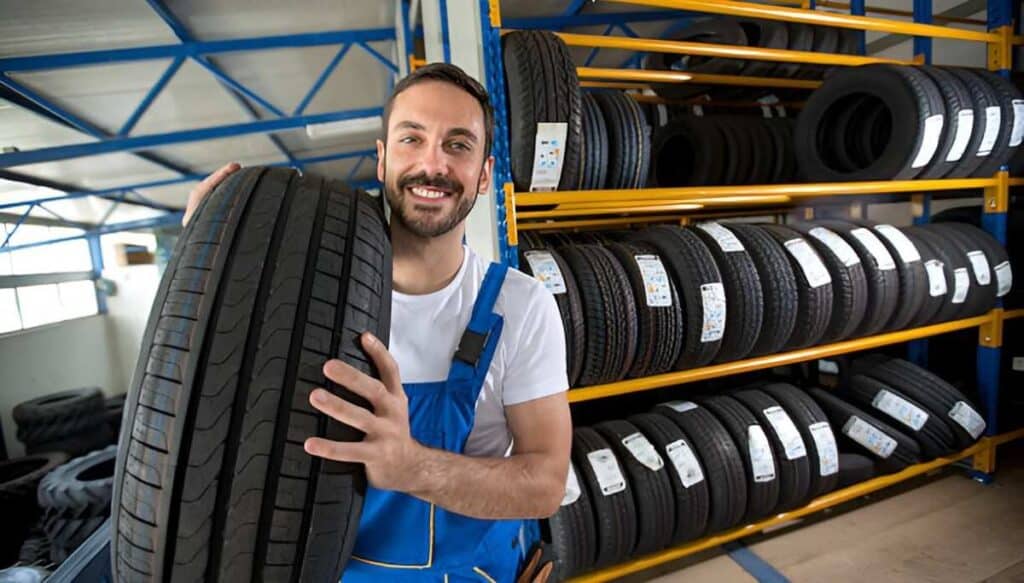
Store Tires Properly
Proper storage extends tire life when not in use. Clean tires before storage to remove dirt and brake dust. Store in a cool, dry place away from direct sunlight and heat sources. Avoid areas with ozone-producing equipment like motors or furnaces. If storing mounted tires, keep them inflated to the proper pressure. For unmounted tires, stack them or hang them vertically.
Use Proper Tire Types
Choose tires suited for your vehicle and driving conditions. Factors to consider:
- 1. Vehicle make and model
- 2. Local climate
- 3. Driving style
- 4. Performance needs
| Tire Type | Best For |
| All-season | General use, mild climates |
| Winter | Snow and ice conditions |
| Performance | Sporty handling, dry conditions |
| All-terrain | Light off-road use |
Mixing tire types or sizes can affect handling and safety, so use the same type on all four wheels.
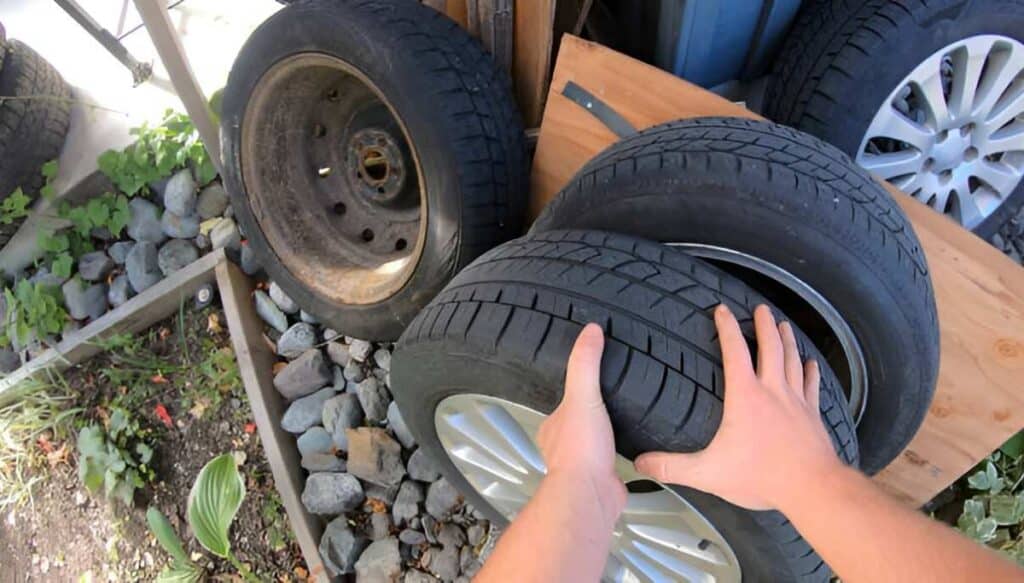
Replace Tires Timely
Replace tires when the tread depth reaches 2/32 inches or signs of damage appear. Age also matters – replace tires over 6 years old, even with good tread.
Signs it’s time to replace:
- 1. Cracking or bulging sidewalls
- 2. Exposed steel belts
- 3. Frequent loss of pressure
- 4. Vibration or noise while driving
Buy new tires in sets of four for best performance and safety. If replacing only two, put new tires on the rear for better stability.
Frequently Asked Questions
What steps should you take to ensure your tires maintain optimal pressure?
Check tire pressure monthly when tires are cold. Use a quality pressure gauge. Fill to the recommended PSI listed in your vehicle manual or driver’s door jamb.
Proper inflation improves fuel economy and handling. It also reduces the risk of blowouts.
What practices can you follow to prevent tire wear and extend tire life?
Rotate your tires regularly to ensure even wear. Avoid sudden braking and acceleration. Keep wheels aligned.
Don’t overload your vehicle. Use the correct tire size and type for your car.
How do you check for tire damage or wear to ensure safe driving conditions?
Inspect tires visually for cuts, cracks, or bulges. Check tread depth using the penny test. Insert a penny into the tread with Lincoln’s head upside down.
If you can see all of Lincoln’s head, the tread is too worn. Replace the tire.
What is the recommended routine for inspecting tire condition and safety?
Check tire pressure monthly. Inspect tires visually before long trips. Look for uneven wear patterns.
Check tread depth every few months. Have a professional inspect tires annually.
How often should tires be rotated and what pattern is best for even tire wear?
Rotate tires every 5,000 to 8,000 miles. The best pattern depends on your vehicle and tire type.
For most cars, a front-to-rear cross pattern works well. Consult your owner’s manual for specific recommendations.
What role does tire balancing play in maintaining tire integrity and vehicle safety?
Balancing ensures even weight distribution. It prevents vibrations and uneven wear.
Have tires balanced when mounted and during rotations. This improves handling and extends tire life.
| Maintenance Task | Frequency |
| Pressure Check | Monthly |
| Rotation | 5-8K miles |
| Balancing | As needed |
| Alignment | Yearly |
